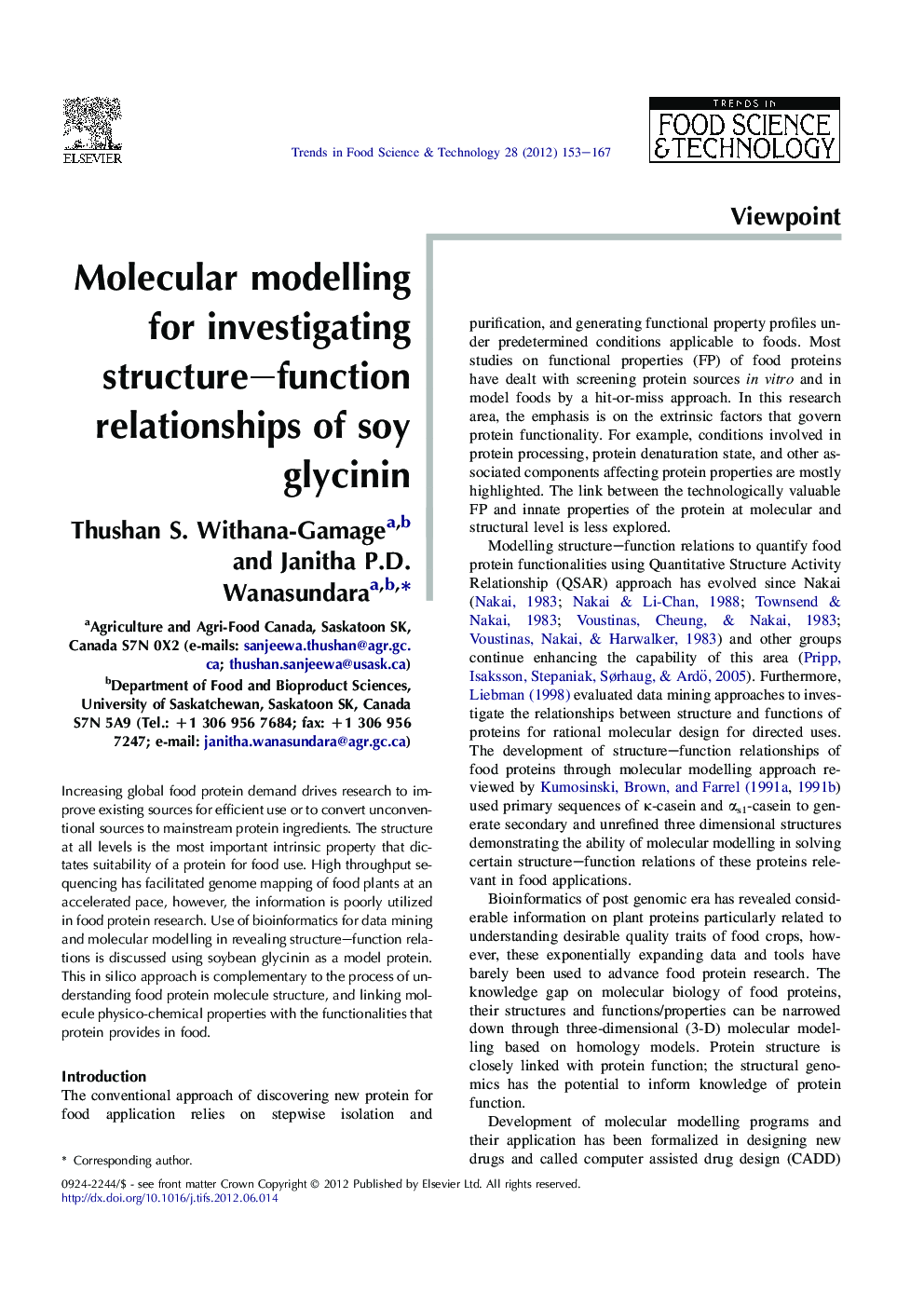| Article ID | Journal | Published Year | Pages | File Type |
|---|---|---|---|---|
| 2099867 | Trends in Food Science & Technology | 2012 | 15 Pages |
Increasing global food protein demand drives research to improve existing sources for efficient use or to convert unconventional sources to mainstream protein ingredients. The structure at all levels is the most important intrinsic property that dictates suitability of a protein for food use. High throughput sequencing has facilitated genome mapping of food plants at an accelerated pace, however, the information is poorly utilized in food protein research. Use of bioinformatics for data mining and molecular modelling in revealing structure–function relations is discussed using soybean glycinin as a model protein. This in silico approach is complementary to the process of understanding food protein molecule structure, and linking molecule physico-chemical properties with the functionalities that protein provides in food.
► Seed globulins (12S, 11S and 7S) play a significant role in human food protein supply. ► Bioinformatics data and homology modelling allow building 3D structure models for seed globulins. ► Glycinin structural properties relate to reported physicochemical and functional properties. ► Homology models complement understanding of structure–function relationships.
